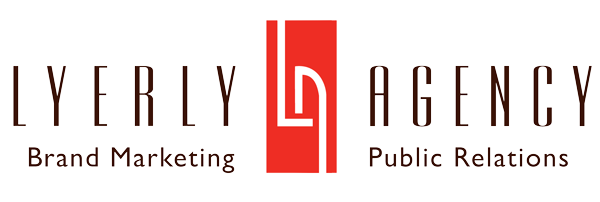As posted in The Gaston Gazette:
(2/23/14) BELMONT, N.C. – Good advertising is an accomplishment. It happens neither by accident nor by the whim of random inspiration. Like all successful accomplishments, good advertising starts with thoughtful, thorough planning.
We’ve all experienced that sinking feeling when the finished product just was not what we originally envisioned. Or, worse, it didn’t serve the purpose for which it was created. Since advertising is intended to produce positive interest in a company and its products, which in turn results in sales, that sinking feeling can also mean a sinking bottom line.
Before continuing, let us be very clear about what “good” advertising means. Good advertising is advertising that works! It works by generating goodwill, interest and, ultimately, sales. It works by providing the consumer with an identifiable source for a valued product or service as well as enough information to make a buying decision.
When you are ready to initiate a new advertising or marketing campaign, ask yourself the following specific questions before you begin. Answering these queries thoroughly and clearly will result in advertising that works:
- What is the purpose of the ad campaign? Regardless of its size – a single ad or a total marketing effort – every advertising campaign or project should have a clear goal to be achieved by the end of the effort. This goal should be tangible and measurable. It should also be specific.”We want to improve our market share by 3%.” “We want to increase sales by 10%.” “We want to introduce a new product (or service) to the market this year.” The degree to which you can make a comparison between where you are and where you want to be will focus the advertising message and approach.
- What is the single, primary message to be conveyed? The best advertising carries one, easy-to-grasp message that is readily supported and verified by the other facts and benefits. People live in a sea of messages. We are bombarded by news, ads, conversations, distractions, etc. Having a single, clear message helps the consumer quickly hear or see what you have to say and remember it. This provides a “hook” on which all your other information can hang. Without a single, clear message, your information will simply blend into everything else. While it may be remembered, it won’t be remembered in connection with you.
- Who is your target market? Who buys what you have to sell? Having a clear understanding of the specific individuals who purchase your product allows your advertising to be directed to them. It will speak their language, identify with their needs, solve their specific problems and relate to their lifestyle or business style. In advertising, as in life, you won’t find success in trying to be all things to all people.
- What are the features of the product or service you are offering? Most products have an abundance of things they can do and all sorts of “bells and whistles.” The key to effectively advertising your product is showcasing those features which are truly important to your target market. What benefit(s) will each of those features provide? Benefits are the “why it’s important or valuable.” To create good advertising, the importance or value of a feature can only be answered from the point of view of the consumer. For example, seats belts on a riding lawn mower are a feature. They have a benefit in keeping the rider secure. But, that is not a benefit to the average consumer who would view seat belts as an inconvenience since they do not recognize any real safety hazard. If you can’t come up with at least one strong benefit for a feature, eliminate it from your list.
- What background information will influence the development and outcome of your advertising effort?Many factors can influence the success of your efforts. Timing is one. Is your product particularly time-sensitive? For example, a limited supply or availability will influence not only the consumers’ response, but also your ability to meet consumer demand. Remember, a promise made and not kept will be a powerful negative advertisement. Another factor: Who are your competitors? By knowing what your competitors are doing, you can respond to their claims, distinguish your messages from theirs and appreciate the basic culture or character of your industry’s approach to its consumers.
In addition, you should formulate a clear statement of the general problem you are trying to solve or the opportunity you are seeking to take advantage of. This statement provides a concise rationale for your goals, a reason why they are important to you. A clear understanding of why you are pursuing specific goals will allow you to better evaluate your advertising’s message, style and overall direction.
Armed with the answers to these questions, you can mobilize your creative resources to full advantage. As a result, the ideas which emerge will be “right on target” and your advertising will work.
Elaine and Melia Lyerly share their 35+ years of marketing, advertising, public relations and brand strategy experience with readers each month in a column published by The Gaston Gazette. See this month’s edition at http://bit.ly/1ur450f.
